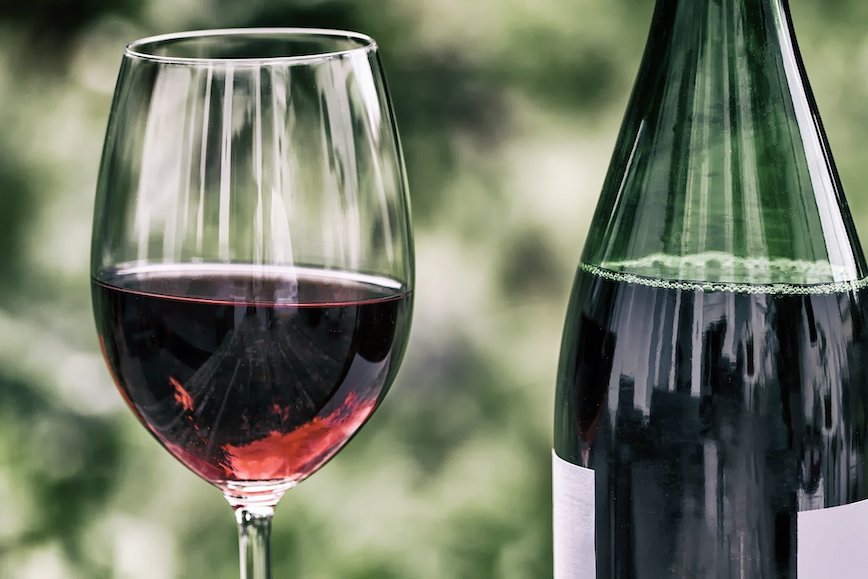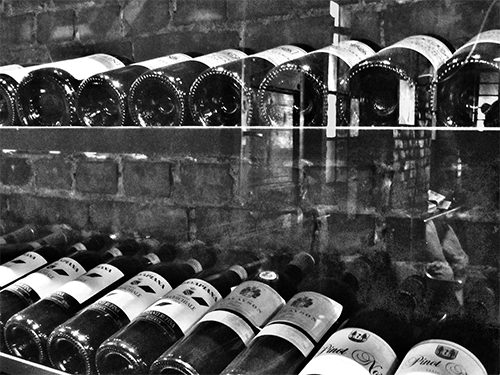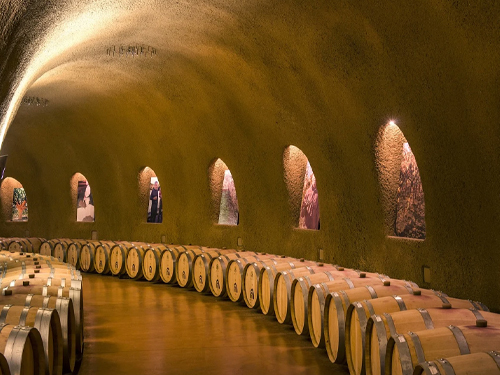Rédigé le 10/02/2022
Les clefs pour tout comprendre

- La délimitation géographie. Plus l'aire est petite, plus la classification sera haute.
- Le rendement exprimé en hl/ha. Plus il est restreint, plus la qualification sera élevée.
- Le degré minimum naturel de la vendange qui sera plus élevé dans les classifications hautes, moins élevé dans les premiers niveaux.
- Les appellations régionales sont au nombre de 7 et représentent 48% de la surface viticole de la région. Ce sont les vins les moins chers et cette appellation regroupe tous les vins qui comportent le mot "Bourgogne" sur l'étiquette. On retrouve : Bourgogne, Mâcon-Villages, Bourgogne aligoté, Crémant de Bourgogne, Coteaux Bourguignons, Bourgogne Passe-tout-grains, Mâcon, Bourgogne Mousseux.
- Les appellations villages, au nombre de 44, elles représentent environ 40% de la production et les vins ayant cette appellation ont obligatoirement un nom de village sur l'étiquette : Chablis, Gevrey-Chambertin, Mercurey, Vosne-Romanée, Meursault, Pommard…
- Les appellations Premiers Crus. Ces dernières sont au nombre de 640 et regroupent environ 10% du vin en Bourgogne. Elles sont toujours liées à un village comme Pommard, Nuits saint Georges, Chablis. Elles représentent les parcelles localisées à l'intérieur des appellations villages et qui sont identifiées comme étant supérieures en qualité.
- Les Grand Crus de Bourgogne. C'est le niveau d'appellation ultime, c'est la raison pour laquelle il ne représente qu'1% de la production de vin. Il y a 33 Grand Crus dans la région.
- L'appellation Bourgogne possède 13 DGC appelés "Bourgogne identifiés"
- L'appellation Mâcon en possède, elle 27, appelées Mâcons suivi du nom du village qui lui est associé.













